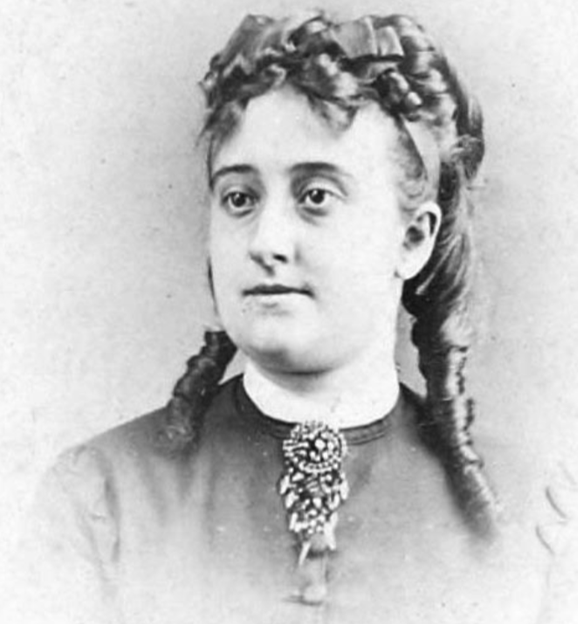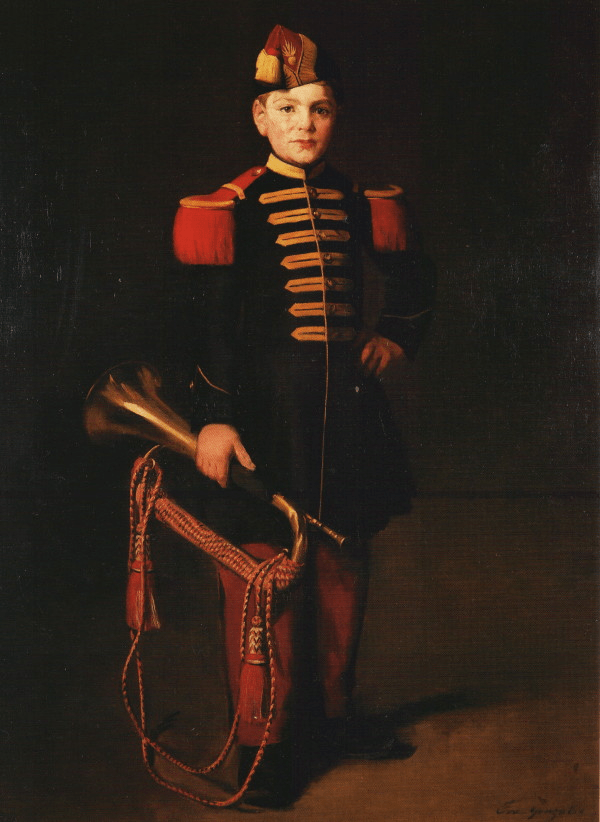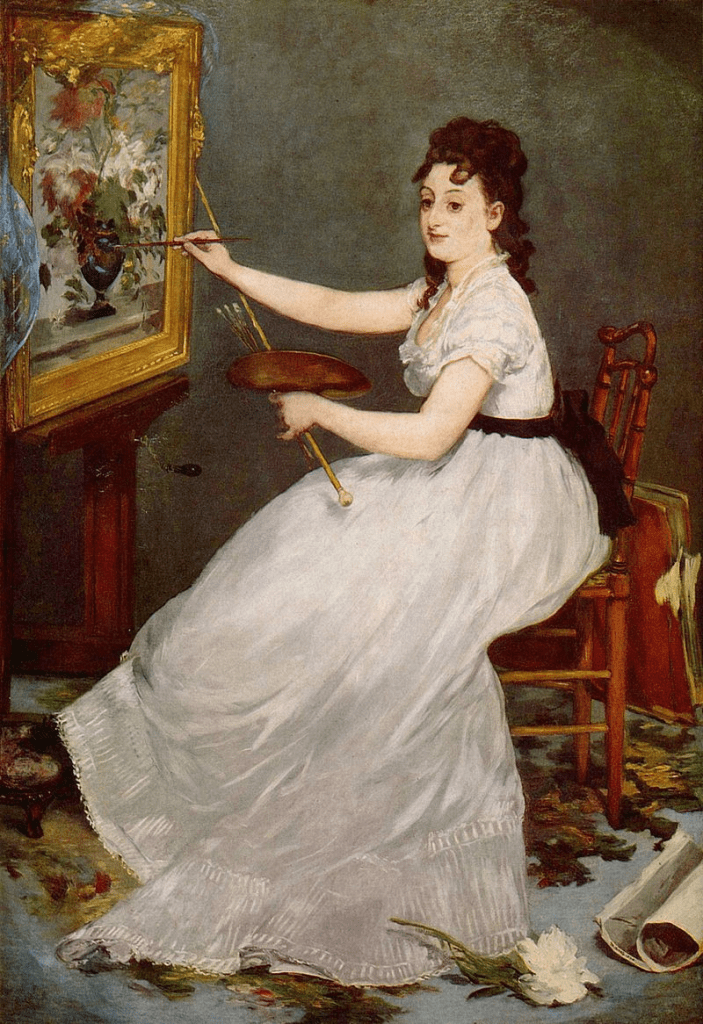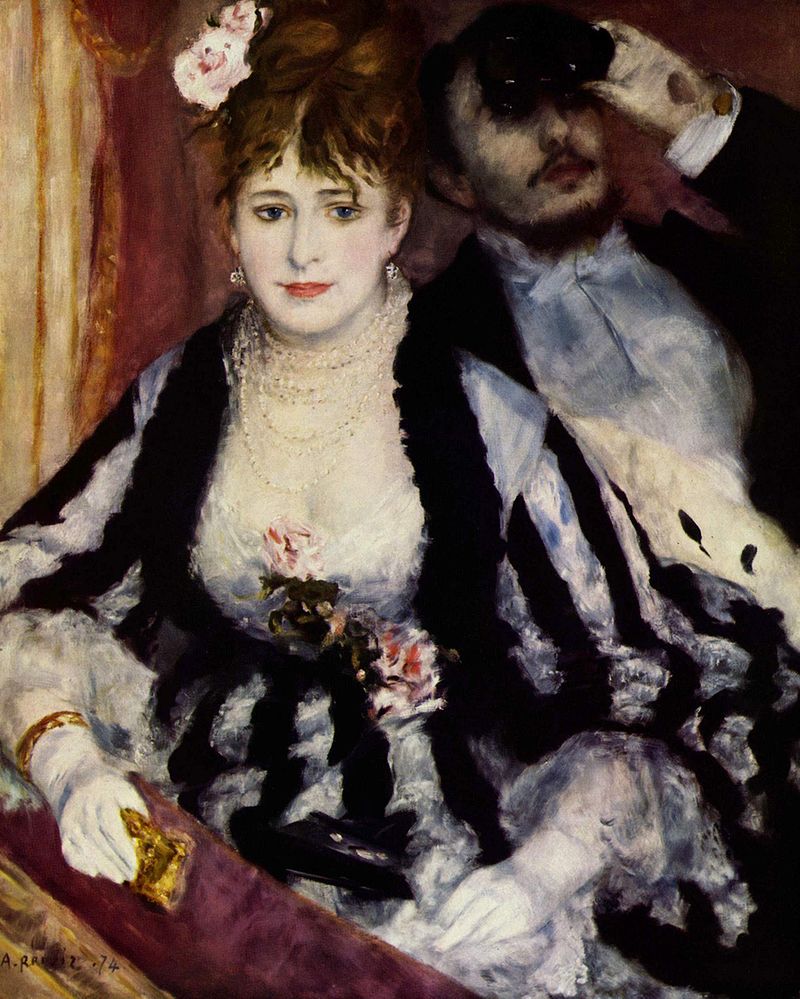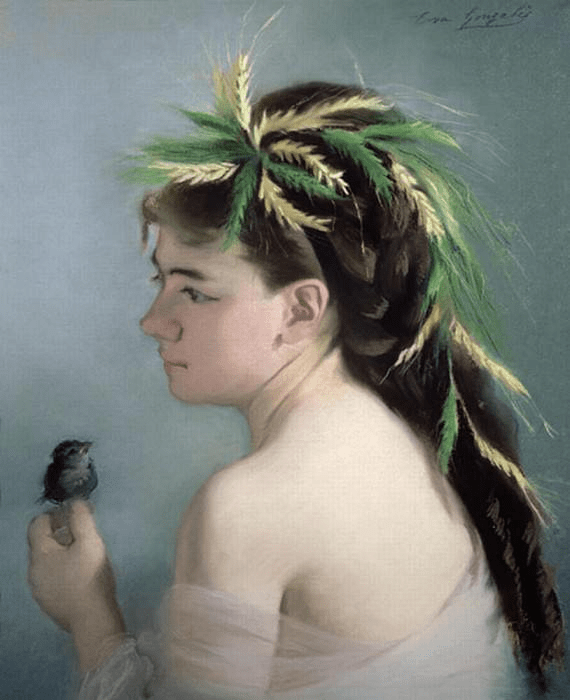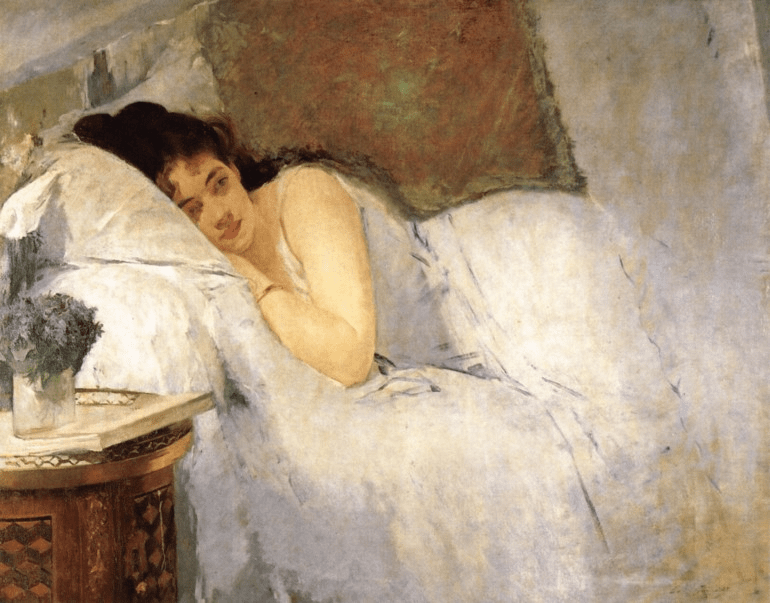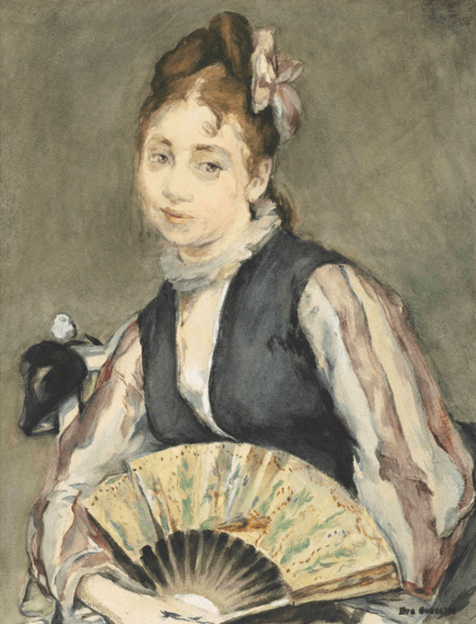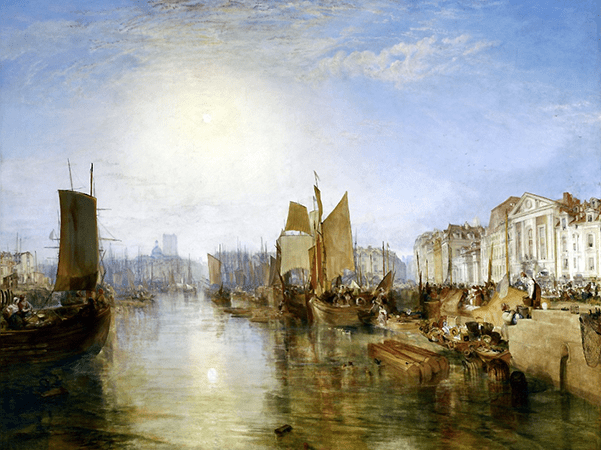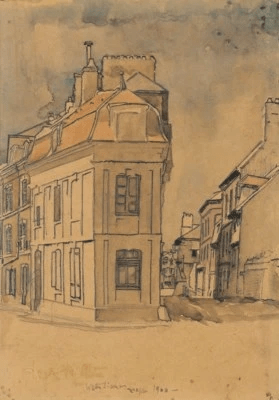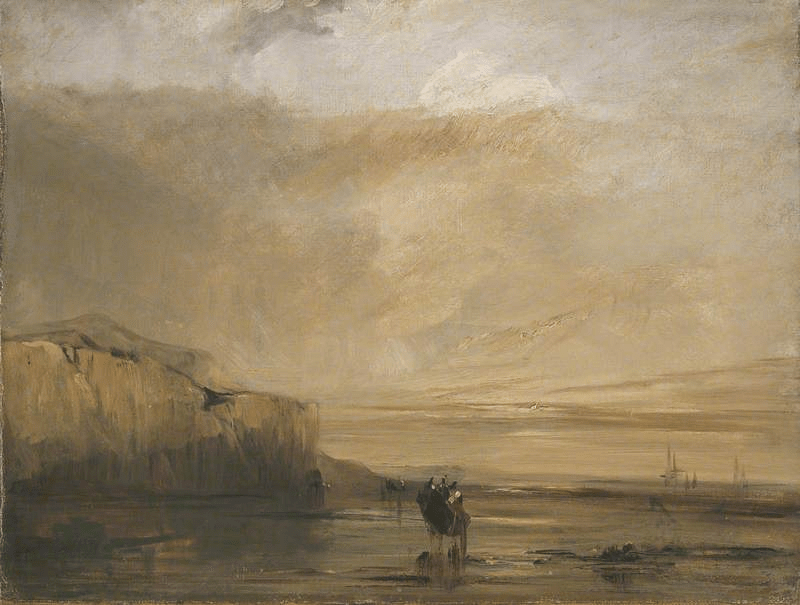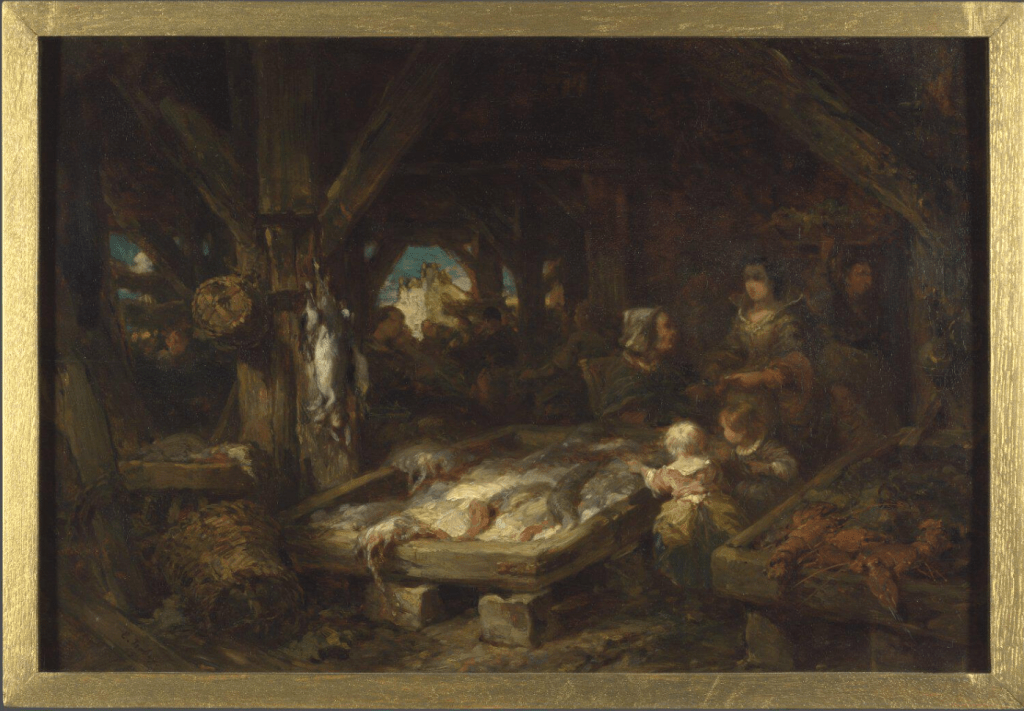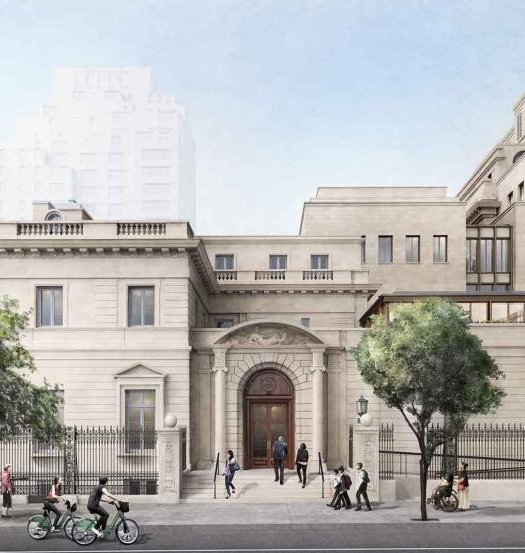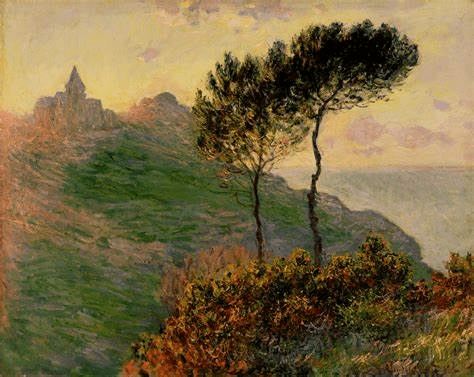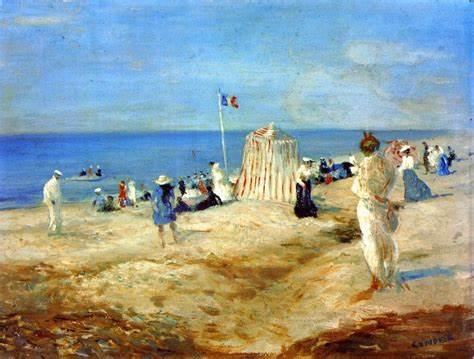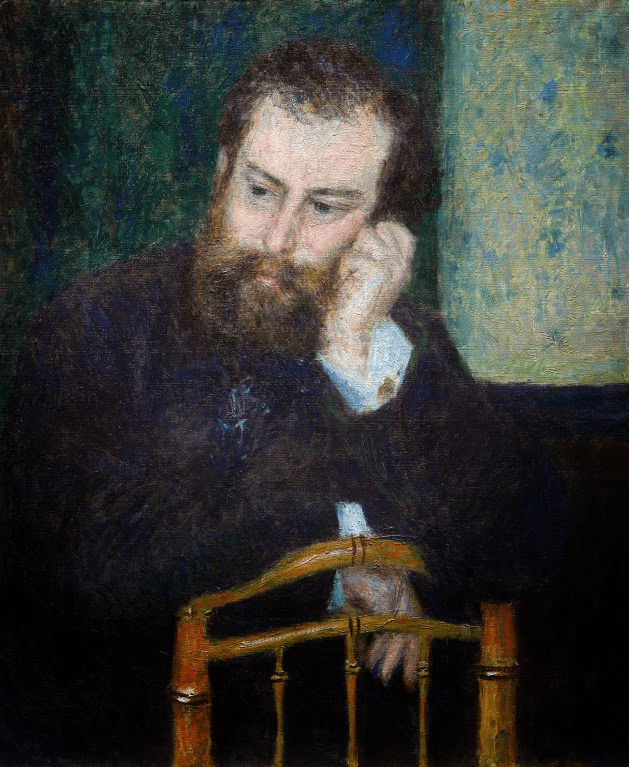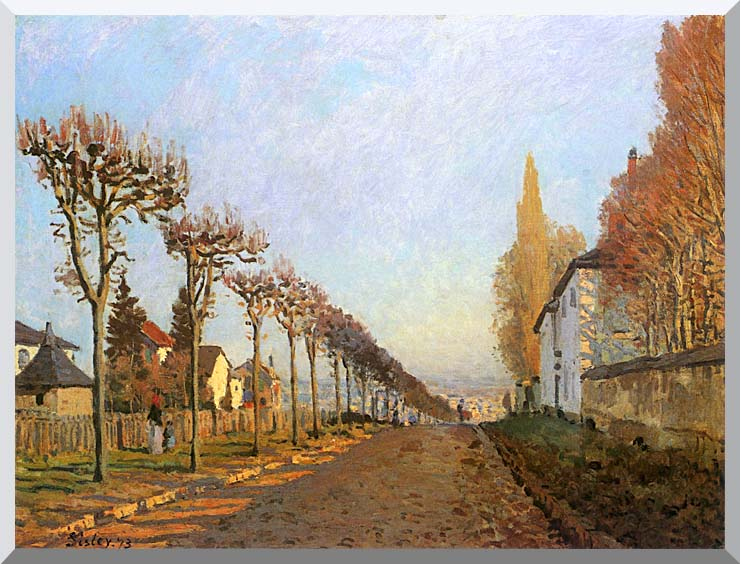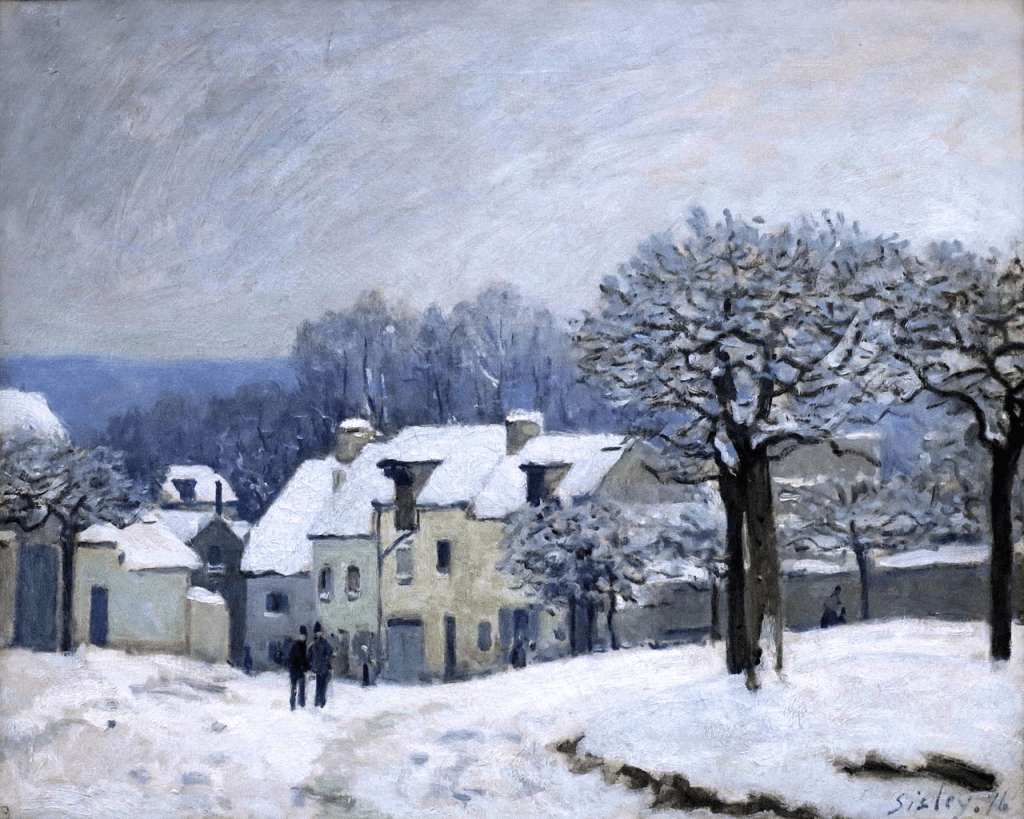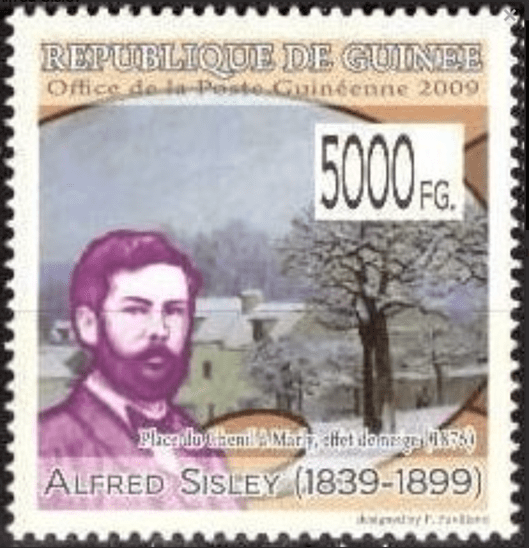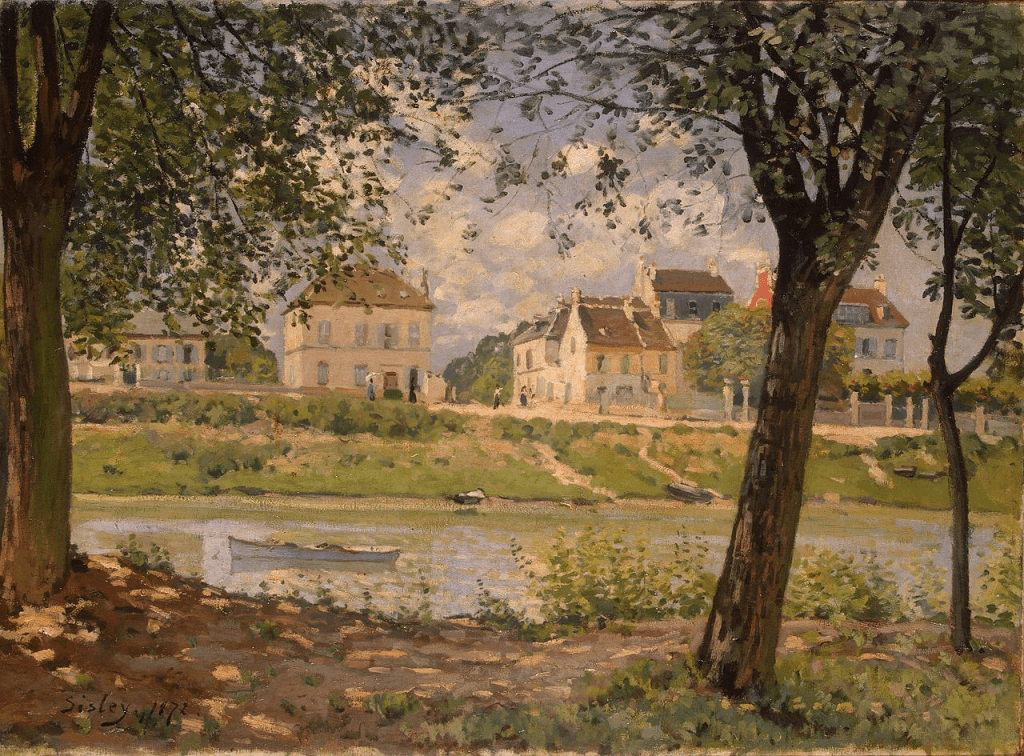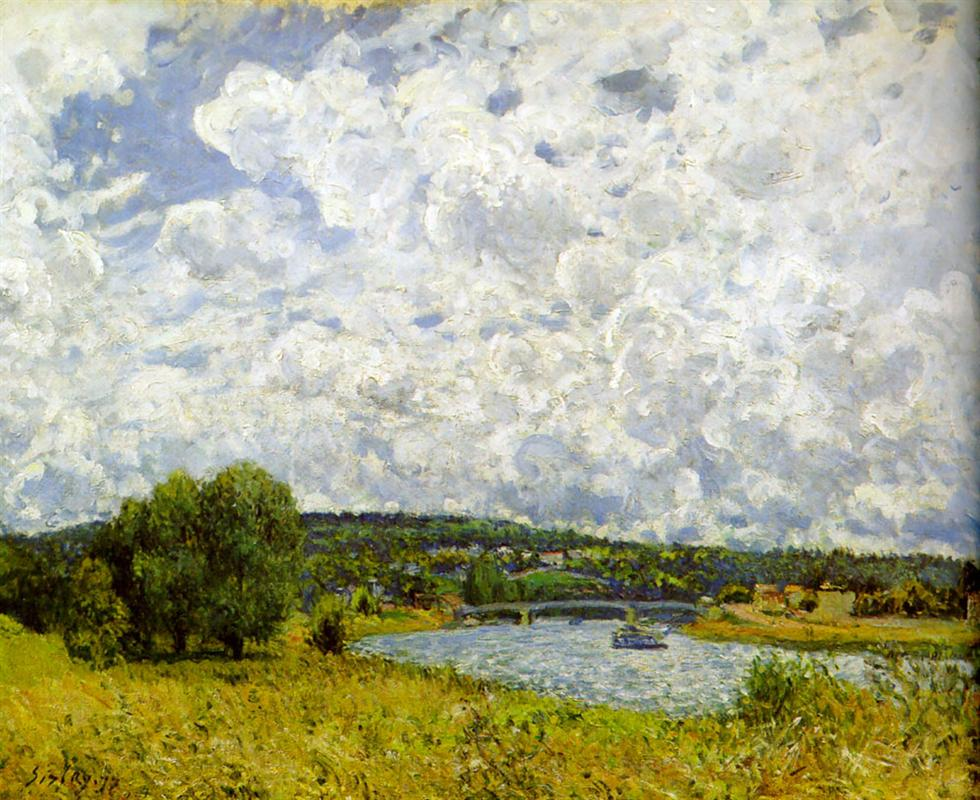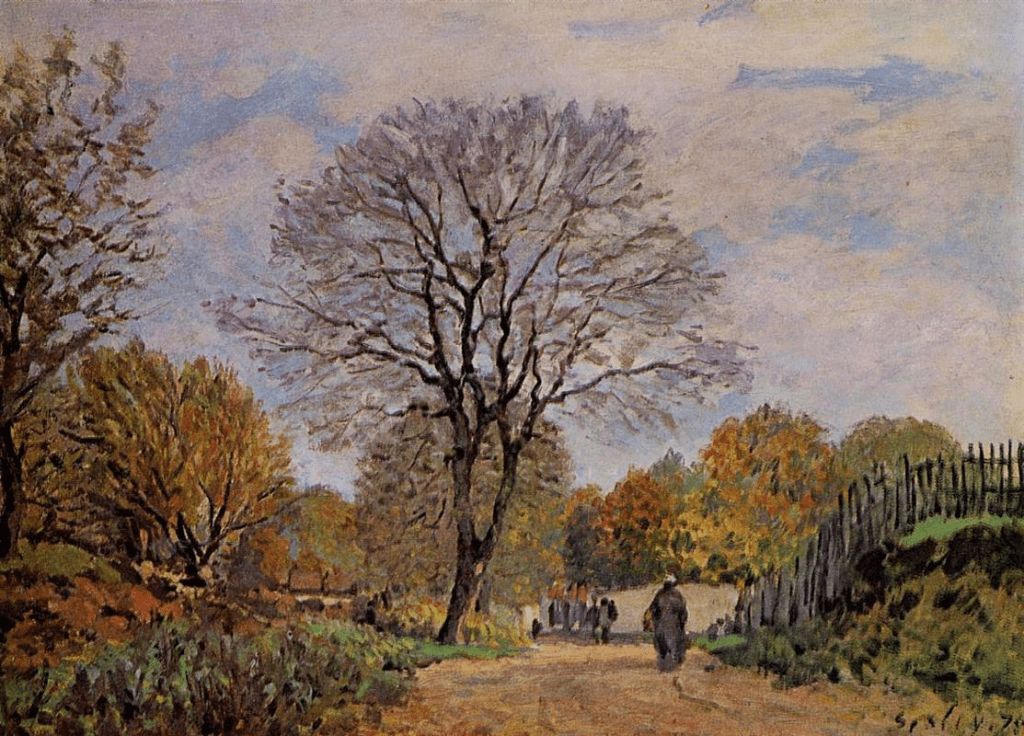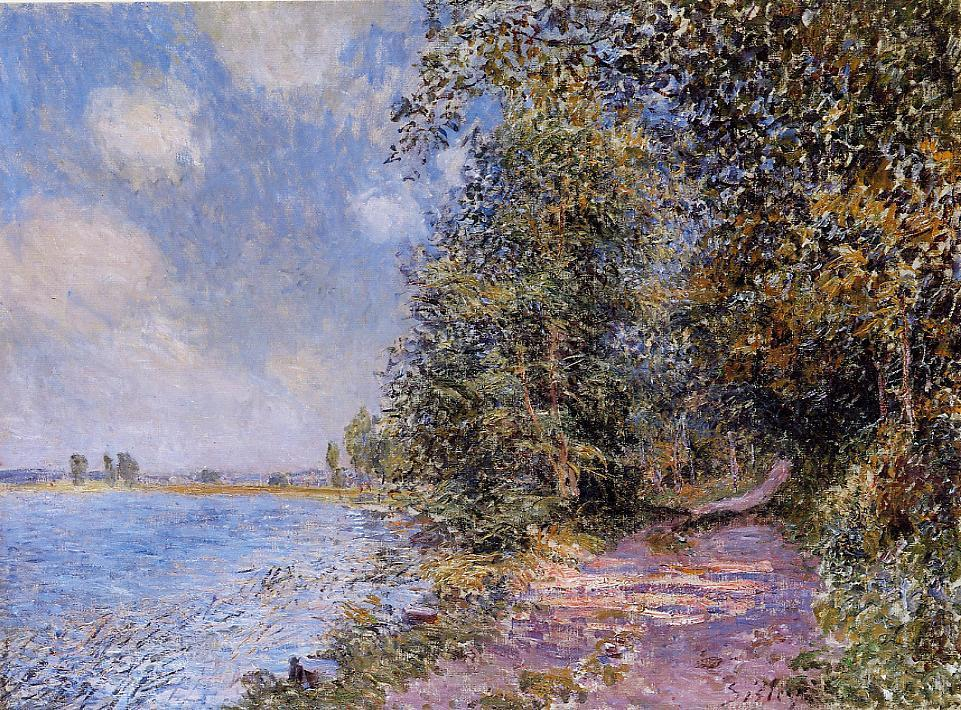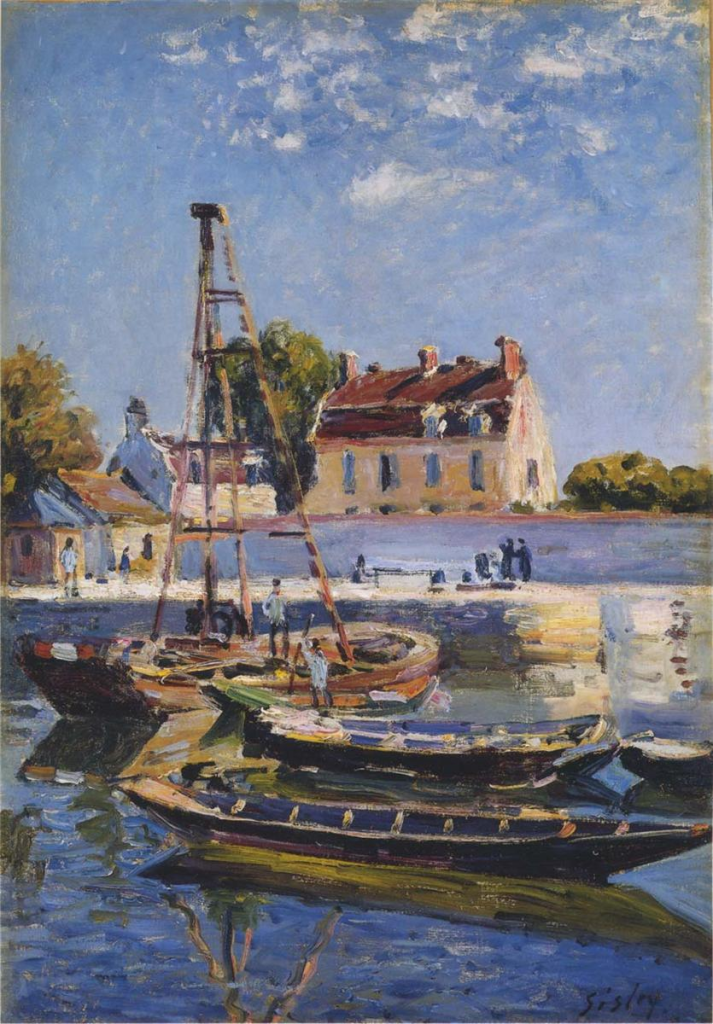
In my next couple of blogs, I am going to delve into the world of Victoriana, and the British art of that period. The Victorian era began in 1837 when the 18-year-old Alexandrina Victoria inherited the throne of the United Kingdom of Great Britain and Ireland as Queen Victoria. It was a time of the start of the industrial revolution and a time when Britain was regarded as an industrial superpower. It lasted for almost seventy-four years. On a recent visit to London, which I managed to make despite the train strikes, I decided to bypass the major galleries and visit a “selling” gallery in Mayfair which had a month-long exhibition of Victorian paintings.
The current owner of the gallery is Rupert Maas who was born in 1960, the same year the gallery was founded by his father. His father died in 1996 and Rupert took over the running of the establishment. The Gallery deals in Victorian, Pre-Raphaelite, Romantic and Modern British paintings, watercolours, drawings, reproductive engravings and sculpture, and the work of two or three living artists. Rupert, like his father before him, has arranged a number of important exhibitions at his Gallery, including Pre-Raphaelites and Romantics, Masters of British Illustration, John Ruskin and his Circle, Burne-Jones, Victorian Fairy Paintings, biennial exhibitions of Victorian Engravings and annual exhibitions of Victorian Paintings. So the day I visited the gallery it was staging a Victorian Pictures exhibition and I thought that in these blogs, I would highlight some of my favourites and look at some of the other paintings by those artists.
My first pick is a painting, completed in 1900, entitled Sirens. The artist was Sir James Jebusa Shannon. Shannon, an American, was born in Auburn, New York in February 1862. At the age of eight he and his parents relocated to Canada and in 1978, aged sixteen he went to London to study fine art. He went on to win a gold medal for figure painting and gained recognition for his submissions to the Royal Academy. He soon became recognised as one of the leading portrait painters in London. He was one of the first members of the New English Art Club, and became a founder member of the Royal Society of Portrait Painters. In 1897 he was elected an associate of the Royal Academy, and a Royal Academician in 1909

Sirens was exhibited at Thomas Agnew & Sons, one of London’s leading art dealerships in 1900 where it was considered one of the most original of the contributions. It depicts nymph-like beings positioned in a charismatic way. They are not simply modelling for an artist, but relishing a world of translucent waters, of beauty, both deep and impenetrable in which they live. The art critic of the Evening Standard wrote in the November 10th 1900 edition:
‘…The heads and shoulders of four young girls in the water – a piece full of movement, colour, and of charming life – is called by Mr. Shannon “Sirens”. The girls are delightful, and, in intention, absolutely innocent and harmless. Not even the most ridiculously cautious mariner, whoever hesitated about the passage of Southampton Water need be concerned to steer clear of sirens so benevolent and so bewitching. And yet, for all that, the piece is imaginative, and satisfactory entirely…”

Sometimes facts and information stick in your mind for years. In this case it is the name of an artist. Some fifty plus years ago I was inveigled into helping my daughter with an art project and the artist and painting she had to research was John Brett’s Realism work, The Stonebreaker. The facts behind the work and the reason for painting it made me, from then on, become interested in what made an artist depict a certain subject and in a certain way. So, I was surprised to see a painting by John Brett in the Maas gallery exhibition especially as it was completely a different genre to that of The Stonebreaker. It was a seascape.

The painting, Sunset off Lundy Island, is a sunset depiction of a yacht, a gaff ketch, sailing on choppy waters off the Isle of Lundy in the Bristol Channel. He completed the work in 1872 although the idea for the painting went back five years earlier in September 1867 when Brett started to make a series of sketches. The ketch we see battling the elements is heading in a south-east direction towards the safety of Appledore harbour which is more than twenty miles away. The painting was a commission for Alfred Morrison, an English collector, known for his interest in works of art, autographs and manuscripts, who had built up a collection of Brett’s paintings.

The title of the 1859 painting by Emily Mary Osborn is Presentiments. A presentiment is an intuitive feeling about the future, especially one of foreboding. The artist was the daughter of a curate of a parish in West Tilbury on the Thames Estuary near the sea, which at the time, was surrounded by fishing communities. She lived there up to the age of fourteen. By the age of twenty-three and now living in London, she had her own studio. She was exhibiting her work at the Royal Academy, one of which was this work which graced the walls of the Royal Academy Exhibition in 1859. This painting is all about the perilous life of fishermen who have to go to sea to fish, Despite the gale blowing outside, the title of the painting forewarns us that the fisherman we see exiting his cottage is not coming back. Osborn was inspired by the Charles Kingsley’s poem, The Three Fishers:
Three fishers went sailing out into the West,
Out into the West as the sun went down;
Each thought on the woman who lov’d him the best;
And the children stood watching them out of the town;
For men must work, and women must weep,
And there’s little to earn, and many to keep,
Though the harbour bar be moaning.
Three wives sat up in the light-house tower,
And they trimm’d the lamps as the sun went down;
They look’d at the squall, and they look’d at the shower,
And the night wrack came rolling up ragged and brown!
But men must work, and women must weep,
Though storms be sudden, and waters deep,
And the harbour bar be moaning.
Three corpses lay out on the shining sands
In the morning gleam as the tide went down,
And the women are weeping and wringing their hands
For those who will never come back to the town;
For men must work, and women must weep,
And the sooner it’s over, the sooner to sleep—
And good-by to the bar and its moaning.
The painting depicts a fisherman’s family. There is a look of poverty with their surroundings but despite the family members being poor they are clean and well-dressed. We see the fisherman’s son is seated on the floor playing with a toy boat. Look at the wife’s expression as she watches her husband depart. It is an anxious look and although she has seen her husband depart every day to board his fishing boat, today is different. She feels that something bad will happen and she is afraid. She has this terrible presentiment that her husband will not return. Even the cat senses something as his fur is standing up and its back is hunched. It is a Realism genre painting.

A wealthy English Quaker, Thomas Hanbury, who had made a fortune in buying property in Shanghai, bought and slowly restored the gardens of La Mortola, the forty-four acre gardens close to the Italian town of Ventimiglia, on a promontory which juts out into the Ligurian Sea. The painting above depicting the Old Mill at La Mortola was completed by seventy-two year old English artist Sir Frank Dicksee, who portrays the scene with quiet shadowy tones. He had been appointed president of the Royal Academy in 1924, a position he held until his death in 1928.
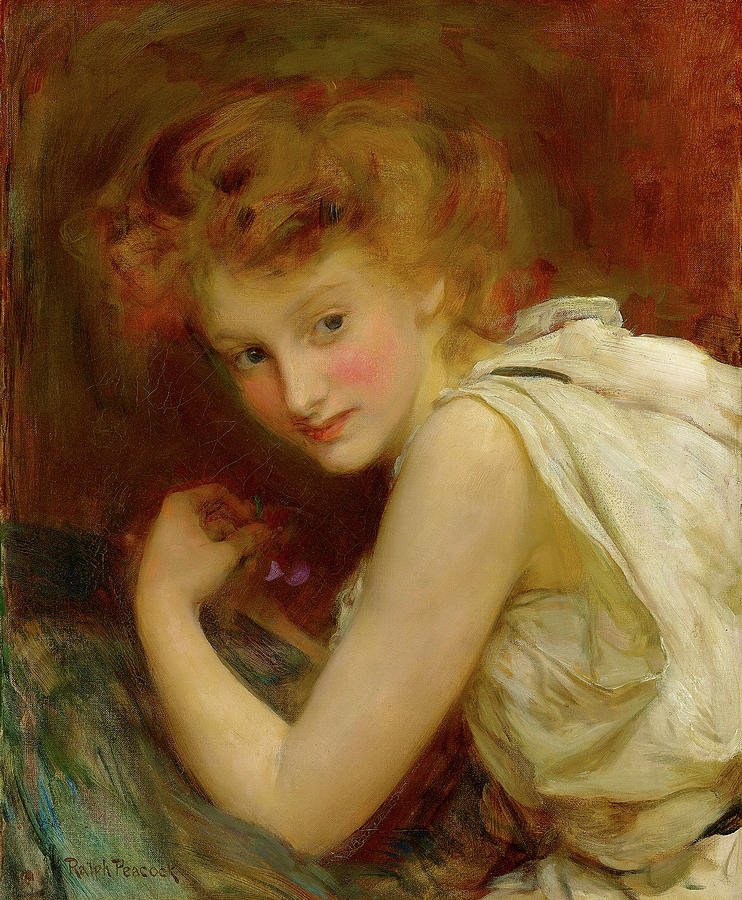
The painter and illustrator Ralph Peacock was born in Wood Green, London on August 14th, 1868. His initial training was as a civil servant but his love was art and at the age of eighteen he enrolled in the twice-weekly evening art classes at the South Lambeth Art School. The well-known Scottish painter John Pettie, who was considered to be one of the most successful painters in his days, saw some of Peacock’s work and advised him to consider take up painting professionally. Peacock took Pettie’s advice and became one of the leading British portraitists of the Victorian era. The painting by Ralph Peacock, which was on show at the Maas gallery was his work entitled Miss Ethel Brignall as a Mythological Figure.

Ethel Brignall was the subject of Ralph Peacock’s 1897 painting, Ethel. Peacock painted this portrait the year the Tate Gallery was founded, and once on the walls of that gallery it became one of the most popular pictures of the 1900’s. Ethel Brignall was fourteen-years-old when she modelled for Peacock and in a letter she wrote in 1958 she recounted the experience:
“…I was 14 years old at the time…. I stayed with Ralph Peacock’s parents, Mr and Mrs Thomas Peacock, in the summer holiday while the picture was being painted…”

Ralph Peacock’s involvement with the Brignall family culminated in a third family portrait. This time it was a double portrait of the two sisters, Edith and Ethel Brignall. The elder sister, Edith Brignall, is depicted reading from an open book. She married Ralph Peacock in 1901 and they lived with their two sons in Wimbledon. He eventually moved to Camden and died there on 17th January, 1946. The younger sister, Ethel Brignall, married Harold A. Titcomb, an American mining engineer, in 1908. According to US Census records, in 1940 the couple were living on Orchard Street, Farmington, Maine, along with two sons and a daughter. She died in Farmington in October 1970, aged 88.
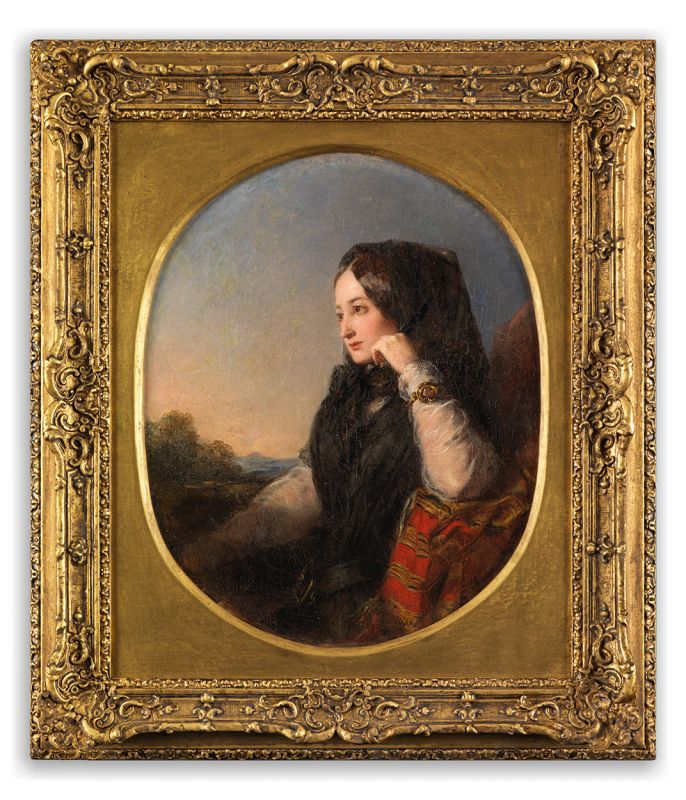
My last painting in this blog looking at British Victorian paintings, which were on display at London’s Maas Gallery, is one by Abraham Solomon. Abraham Solomon was born in Bishopsgate London in May 1823. He was the second son of Catherine and Meyer Solomon. His father was a hat manufacturer and one of the first Jews to be admitted to the freedom of the city of London. Two members of the family, besides Abraham, also became artists. The painting is a half-length portrait of the Countess Eugénie de Teba, who would become the Empress of Napoleon III, when she married the Emperor in January 1853. Eugénie supported French opposition to a Prussian candidate for the vacant Spanish throne, in the argument that precipitated the Franco-German War of 1870. After the Battle of Sedan on September 1st 1870, Napoleon III was defeated and held prisoner by the Prussians. On hearing of her husband’s capture and surrender she fiercely told one of his personal aides:
“…No! An Emperor does not capitulate! He is dead!…They are trying to hide it from me. Why didn’t he kill himself! Doesn’t he know he has dishonored himself?…”
In March 1871 Napoleon III, his wife Eugénie and their son Louis Napoleon plus a large entourage settled in a large property in Camden Place in Chiselhurst, London. Napoleon III died in 1873 and her son Louis died six years later and Eugénie assumed the role of the grande dame in exile.
Solomon’s painting was completed around 1847, years before her marriage to Napoleon or his fall from power so the title of the painting La Tristesse (Sadness) could not be about Napoleon’s life but may instead be about her early life as she grew up into an impetuous and audacious young woman. In her early twenties, she was rescued from drowning and twice attempted suicide after romantic disappointments.
……………………………….to be continued

